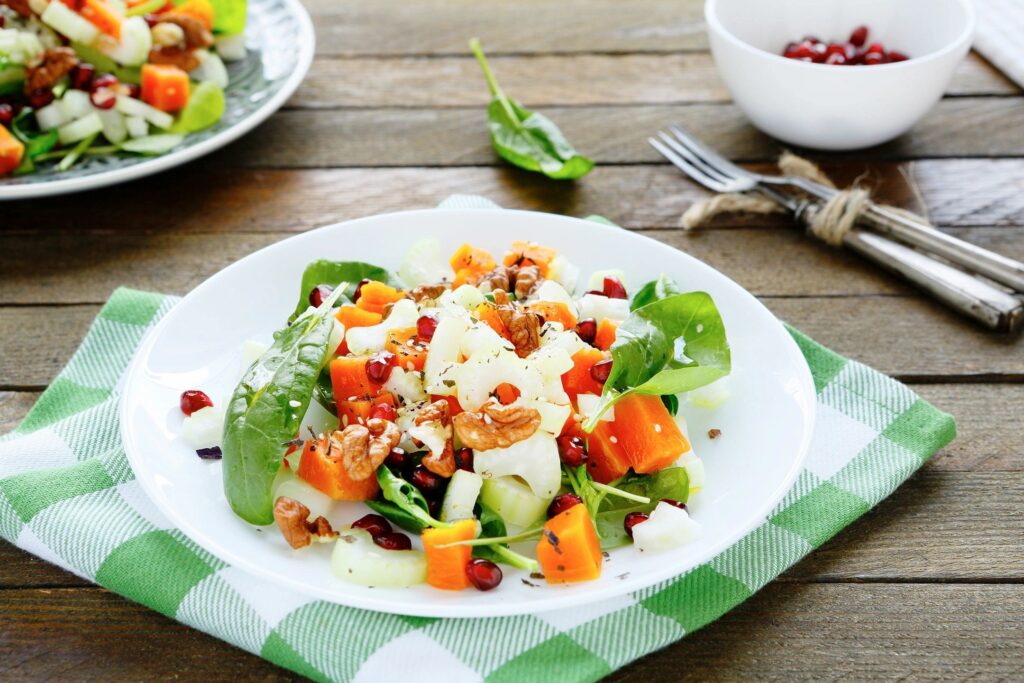Chow Line: Spinach, the tasty and healthy food


Chow Line: Spinach, the tasty and healthy food
My kids refuse to eat spinach. How can I prepare it in a way that might appeal to a finicky eater?
First, it’s important to note that spinach is a healthy, dark, leafy, green vegetable that is full of protein, calcium, iron, magnesium, potassium, folate, fiber, phosphorus, thiamine, and vitamins A, C, and K.
Also considered a superfood, spinach, as part of a healthy, balanced diet, is important for skin, hair, and bone health. Additionally, spinach can help improve blood glucose control in people with diabetes, and it lowers the risk of cancer, improves bone health, and can promote digestive regularity. Clearly not just kids, but adults too should be eating this versatile leafy vegetable in abundance. Its nutritional benefits could even help women who are in the post menopausal stage with alleviating their symptoms and providing bone strength. While many women may choose to use nutritional supplements such as Ostera during this time, adding a dash of spinach to meals could also prove to be helpful.
There are three types of spinach, including savoy spinach, flat spinach, and semi-savoy spinach, all of which can be eaten cooked or raw.
And it’s fairly easy to grow-even over winter, said Tim McDermott, an educator with Ohio State University Extension. OSU Extension is the outreach arm of The Ohio State University College of Food, Agricultural, and Environmental Sciences (CFAES).
“If you want to grow spinach over winter, you can plant it in October by first preparing the soil, broadcasting the seed and lightly covering it with soil, and watering it,” he said. “Then, cover the cold-hardy vegetable with season-extension row covers.
“Protected under the cover, the spinach will germinate in a week or two and slowly grow over winter. Harvest can start when temperatures go over 45 degrees.”
McDermott, who runs the Growing Franklin food production blog, recently posted a video that he and fellow OSU Extension educator Jenny Lobb produced on how to make spinach into a crunchy, healthy salad that both kids and adults can enjoy.
The video demonstrates harvesting freshly grown spinach leaves and mixing them with fresh strawberries, crumbled goat cheese, slivered almonds, balsamic vinegar, and olive oil to create a sweet, healthy, light, fresh salad.
“Spinach goes well with fresh strawberries,” Lobb said. “Spinach is also very versatile. It can be added to your favorite pasta, soup, or casserole, or sauteed in olive oil and seasonings.
“Spinach can also be added to a wrap, sandwich, or flatbread, or cooked in an omelet or even added to a smoothie to give it added healthy benefits.”
There are risks, however, for those who are taking blood thinners such as Coumadin, also known as warfarin. This is because foods that contain vitamin K, such as spinach, play a large role in blood clotting.
Chow Line is a service of The Ohio State University College of Food, Agricultural, and Environmental Sciences and its outreach and research arms, Ohio State University Extension and the Ohio Agricultural Research and Development Center. Send questions to Chow Line writer Tracy Turner, 364 W. Lane Ave., Suite B120, Columbus, OH 43201, or [email protected].








